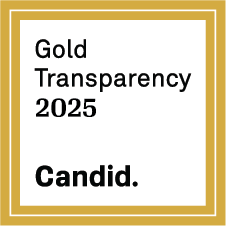Active banners: 1 Visible banners: 1
Banner ID: 25 Has content: true
Join us for the Teaching Economics through Climate – The Snowmobile Business Plan - January 13, 2026 4-5pm ET
Temperature, Salinity, and Water Density Activity
Provided by: CLEAN |Published on: November 16, 2023
Activity - Classroom
345678
Synopsis
- This hands-on experiment demonstrates how the density of water is affected by temperature and salinity, then addresses how climate change impacts the Global Ocean Conveyor.
- Students will observe how temperature and salinity impact the density of water in two containers and then discuss how increases in precipitation, ice melt, and global temperatures affect ocean currents that transport heat and nutrients around the world.

Subjects: Chemistry, Earth and Space Sciences
Authors: Science Learning Hub
Region: Global
Languages: English
Teaching Materials
Positives
- The questions for discussion following the activity help illustrate the components of a good experiment.
- The activity requires a few materials that teachers may already have.
Additional Prerequisites
- Students should know the terms density and salinity, and have a basic understanding of global warming.
- Students should understand that the oceans are saltwater and that rain and ice are freshwater.
- There is some background information for the teacher about the Global Ocean Conveyor, but the teacher will need to explain this concept to students before doing the activity.
Differentiation
- Have students make predictions for what will happen when the ice melts and support their predictions with evidence from what they already know.
- The answer to the last question can lead naturally to a discussion or lesson about positive feedback loops contributing to climate change.
- After discussing that warmer oceans melt sea ice, students can learn about rising sea levels or glacial melt.
- Students can read the linked articles about density and salinity in their reading period to build background before doing the experiment.
Scientist Notes
Teaching Tips
Standards
Resource Type and Format
About the Partner Provider

CLEAN
The CLEAN Network is a professionally diverse community of over 630 members committed to improving climate and energy literacy locally, regionally, nationally, and globally in order to enable responsible decisions and actions. The CLEAN Network has been a dynamic group since 2008 and is now led by the CLEAN Leadership Board established in 2016.
All resources can be used for your educational purposes with proper attribution to the content provider.



